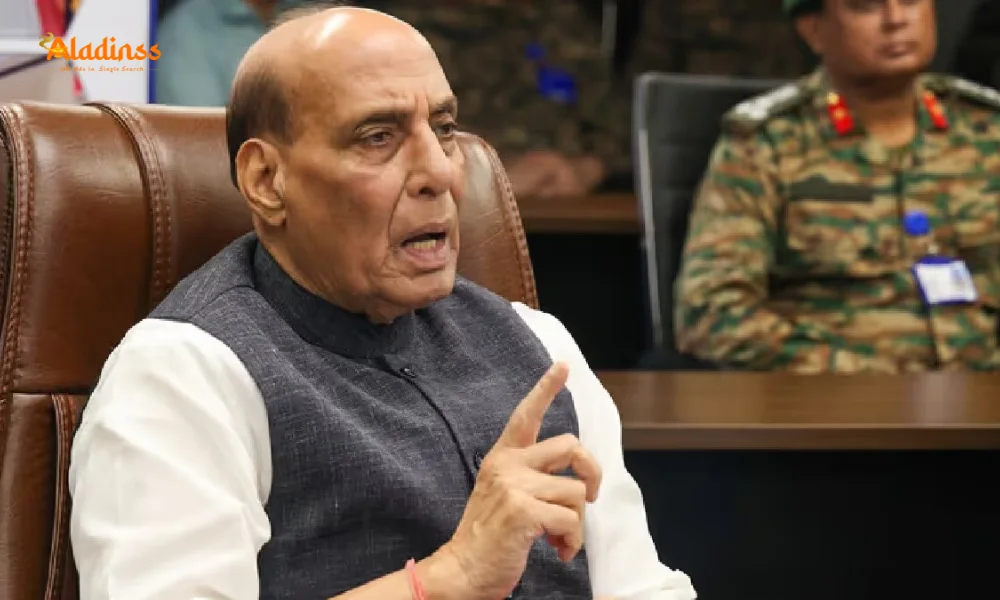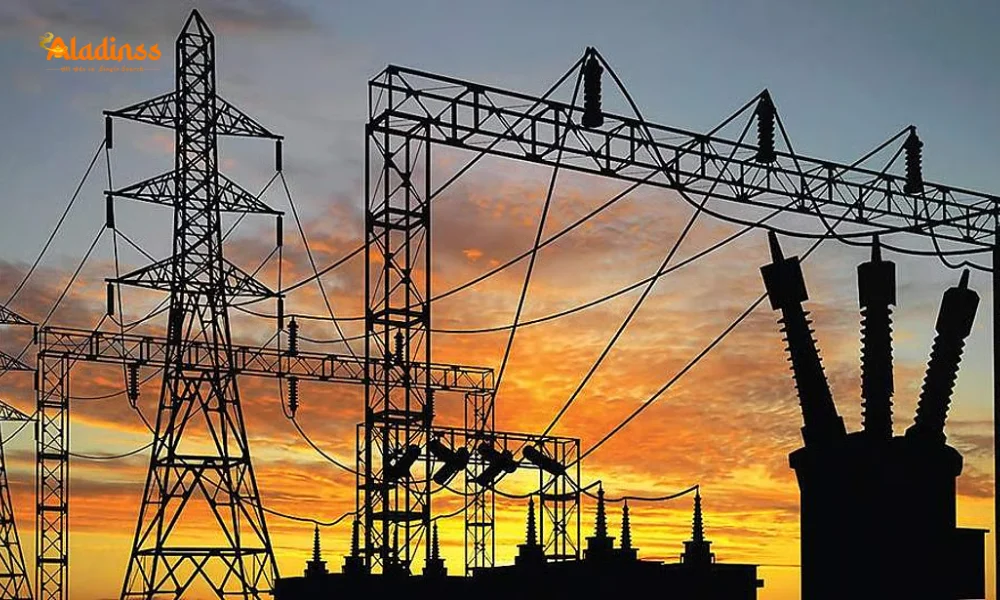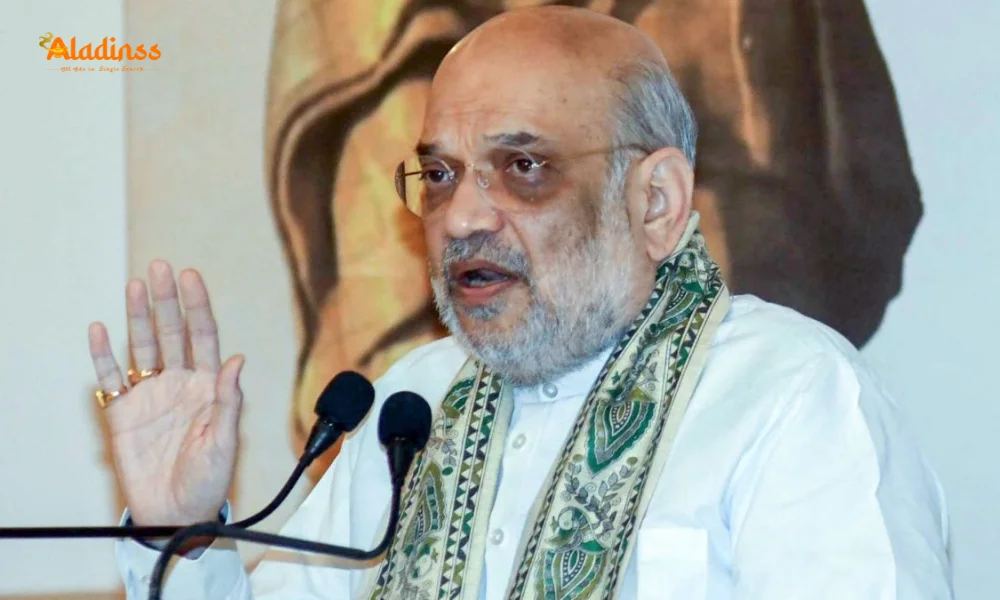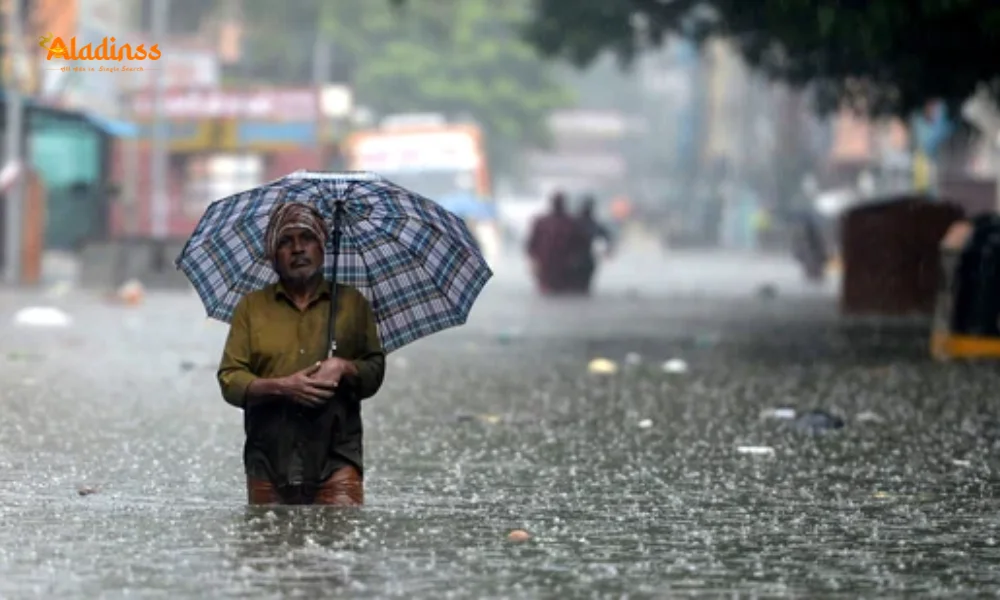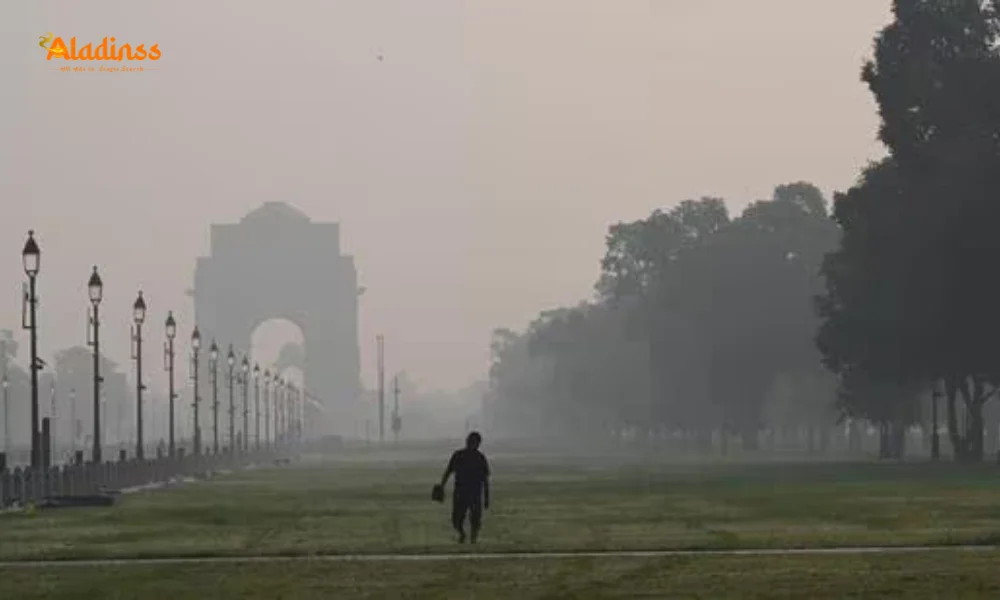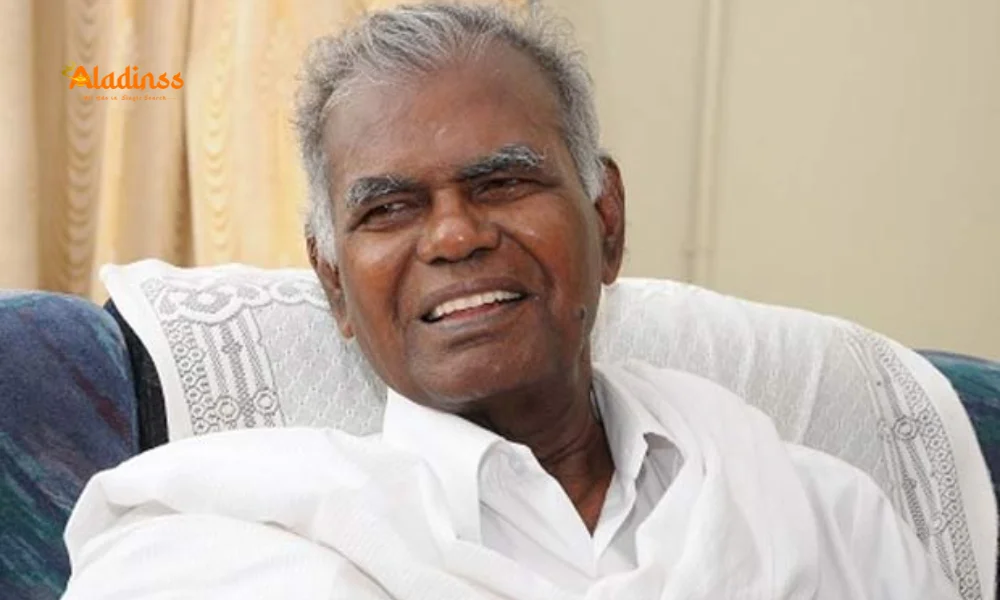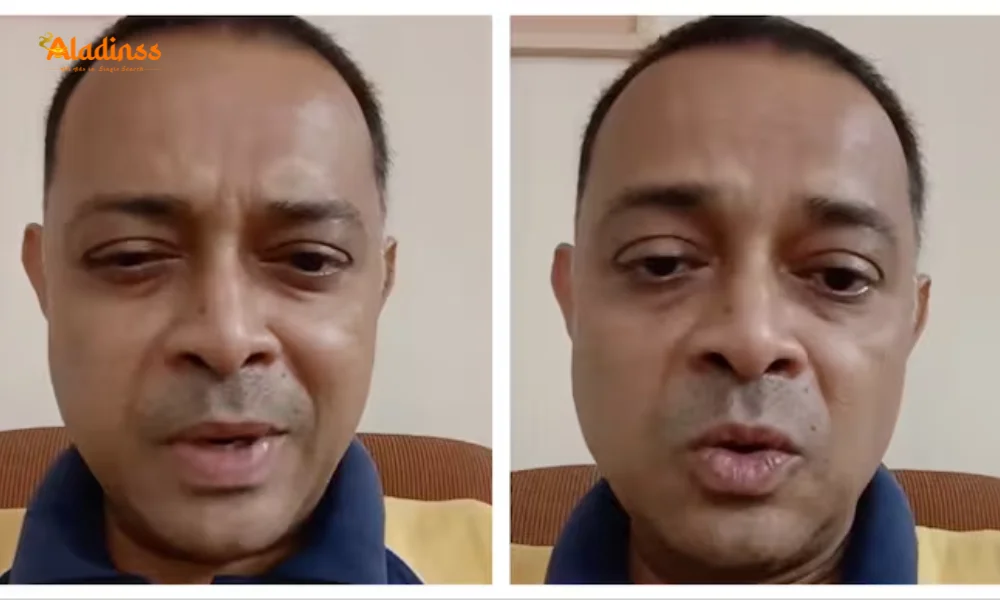Shocking! Delhi AQI 352 as Artificial Rain Fails Will Smog Ever End?
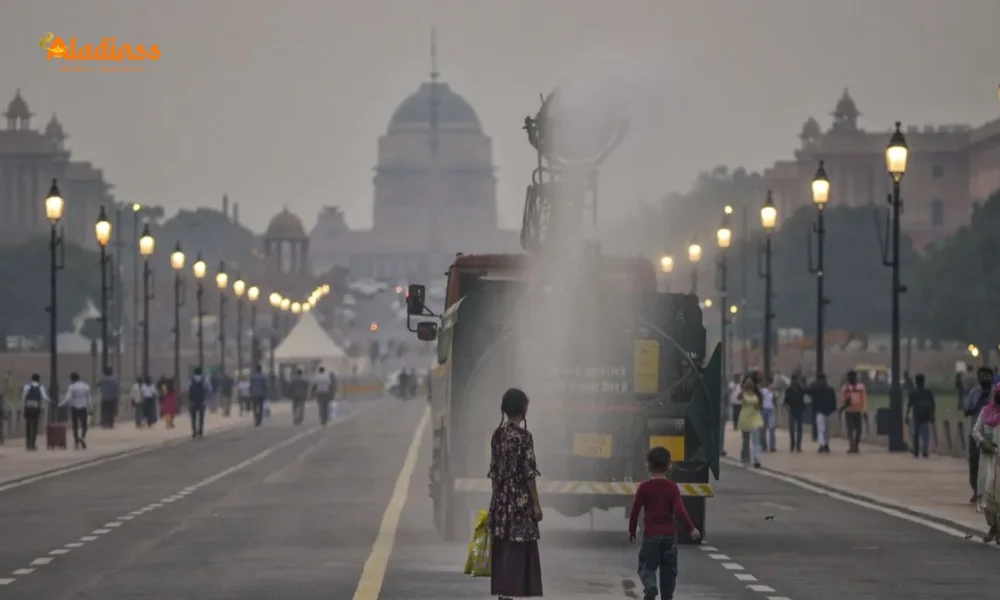
Delhi Chokes Under Thick Smog as Cloud Seeding Plan Delayed – AQI Hits Alarming 352
The national capital Delhi continues to battle a severe air pollution crisis as a dense smog layer engulfed the city on Thursday morning. The Air Quality Index (AQI) recorded a distressing 352, classified under the ‘very poor’ category by the Central Pollution Control Board (CPCB). Despite high expectations from the much-discussed artificial rain initiative, the cloud seeding operation scheduled for Tuesday was postponed due to inadequate cloud moisture, leaving residents gasping for breath amid hazardous particulate matter levels.
Out of 38 air quality monitoring stations operational across Delhi, an overwhelming 32 reported AQI in the ‘very poor’ range, while several hotspots crossed into the ‘severe’ zone. Notably, Vivek Vihar registered an AQI of 415, and Anand Vihar recorded 409 – both posing serious health risks. The failure to execute artificial rain in Delhi has intensified public frustration and political blame games, with opposition leaders accusing the government of inefficiency and misleading claims.
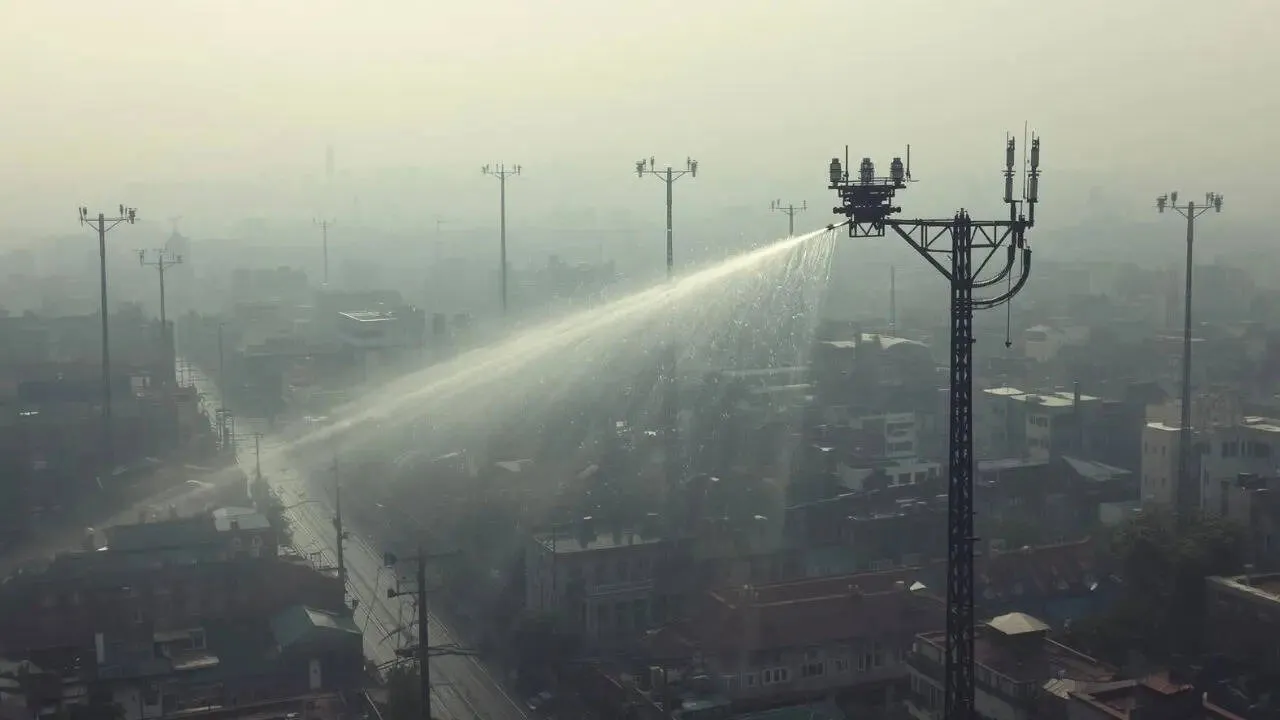
Why Was Artificial Rain Plan Put on Hold?
The Delhi government had pinned high hopes on cloud seeding technology to induce artificial rainfall and wash away pollutants post-Diwali. However, meteorologists reported insufficient cloud cover and low atmospheric moisture on the scheduled date, making the operation unfeasible. According to experts from IIT Kanpur, who were roped in for technical support, cloud seeding requires specific meteorological conditions – including the presence of supercooled water droplets – to be effective.
“We were ready with the aircraft, chemicals, and permissions, but nature didn’t cooperate,” said a senior official from the Delhi Environment Department. The trial run conducted earlier was claimed to be 100% successful by Environment Minister Sardar Manjinder Singh Sirsa, who stated that it reduced PM2.5 and PM10 levels by 6–10% in targeted areas. However, the postponement has cast doubts on the scalability and reliability of this pollution combat strategy.
Each cloud seeding mission costs approximately Rs 20–25 lakh, involving specialized aircraft, silver iodide or calcium chloride flares, and expert coordination. The government highlighted that within seven months of assuming office, they finalized collaborations, modified aircraft, and executed a trial – a feat they claim the previous AAP regime failed to achieve despite spending crores on publicity campaigns like the odd-even scheme.
Opposition Slams Delhi Government Over Pollution Mismanagement
The deteriorating air quality has triggered a fierce political slugfest. Senior AAP leader and former minister Saurabh Bhardwaj launched a scathing attack, accusing the current administration of wasting public funds and staging a “free circus” with unfulfilled promises. “During our tenure, we wrote multiple times to the Centre for cloud seeding approvals but received no response,” Bhardwaj claimed. He questioned the timing of the operation, asking why it wasn’t conducted immediately after Diwali when pollution peaked due to widespread firecracker use despite bans.
Bhardwaj further alleged that scientific reports had already flagged potential environmental risks associated with cloud seeding chemicals. “This government is misleading people with half-baked experiments while Delhi suffocates,” he remarked. The AAP has demanded accountability and a detailed white paper on anti-pollution expenditures over the past year.
Delhi Government Defends Cloud Seeding Trial Success
Countering the criticism, Environment Minister Sardar Manjinder Singh Sirsa asserted that the trial was a landmark achievement. “We brought down PM levels by 6–10% in just one trial – imagine the impact with full-scale implementation,” he said during a press briefing. Sirsa took a dig at the previous AAP government, stating that they spent Rs 20 crore on odd-even ads without tangible results, whereas the current regime focused on actionable science-backed solutions.
The minister revealed that the administration collaborated with IIT Kanpur to customize an aircraft and procure eco-friendly seeding agents. “This is not propaganda; this is progress,” Sirsa emphasized, promising that the next cloud seeding attempt will be scheduled as soon as favorable weather windows open – likely in the first week of November if monsoon remnants return.
Health Risks from Prolonged ‘Very Poor’ AQI in Delhi
Medical experts have raised alarm bells over the sustained exposure to AQI levels above 350. Dr. Arvind Kumar, a leading pulmonologist at Sir Ganga Ram Hospital, warned that prolonged inhalation of PM2.5 can cause irreversible lung damage, exacerbate asthma, and increase risks of cardiovascular diseases. “Children, elderly, and those with pre-existing respiratory conditions are most vulnerable,” he said, advising the use of N95 masks and indoor air purifiers.
Hospitals across Delhi reported a 30% surge in respiratory OPD cases in the past week. Symptoms like persistent cough, throat irritation, and breathlessness have become commonplace. Schools in NCR regions have shifted to online classes, and construction activities remain halted under GRAP Stage III restrictions.
What’s Next for Delhi’s Artificial Rain Project?
The Delhi government has assured citizens that the cloud seeding project remains a top priority. Meteorological forecasts suggest a possibility of light cloud cover between November 4–7, which could provide the next window for operations. Two additional aircraft are being prepped, and chemical reserves have been stocked for multiple trials.
Meanwhile, alternative measures like drone-based mist spraying, anti-smog towers, and intensified mechanized road sweeping are being deployed. The administration has also urged neighboring states – Punjab, Haryana, and Uttar Pradesh – to curb stubble burning, which contributes nearly 30–40% to Delhi’s winter pollution.
Citizen activism has gained momentum, with groups like ‘Breathe Delhi’ organizing awareness drives and mask distribution camps. “Technology like cloud seeding is promising, but we need enforcement of firecracker bans, vehicular emission norms, and industrial regulations,” said Anumita Roychowdhury from the Centre for Science and Environment (CSE).
Long-Term Solutions Beyond Artificial Rain
While artificial rain offers temporary relief, experts advocate systemic changes. Transitioning to electric public transport, promoting work-from-home policies during pollution peaks, and establishing a regional air quality management authority are among the proposed reforms. The National Clean Air Programme (NCAP) targets a 40% reduction in PM levels by 2026, but progress remains slow.
Innovative solutions like biochar stoves for rural households, satellite monitoring of farm fires, and green corridors along highways are being piloted. Delhi’s fight against smog is not just a seasonal battle – it’s a year-round commitment requiring political will, scientific innovation, and public participation.
As the city awaits the next cloud seeding attempt, residents are left hoping that promises translate into breathable air. The AQI may fluctuate, but the urgency to act decisively has never been greater.
Comment / Reply From
No comments yet. Be the first to comment!
